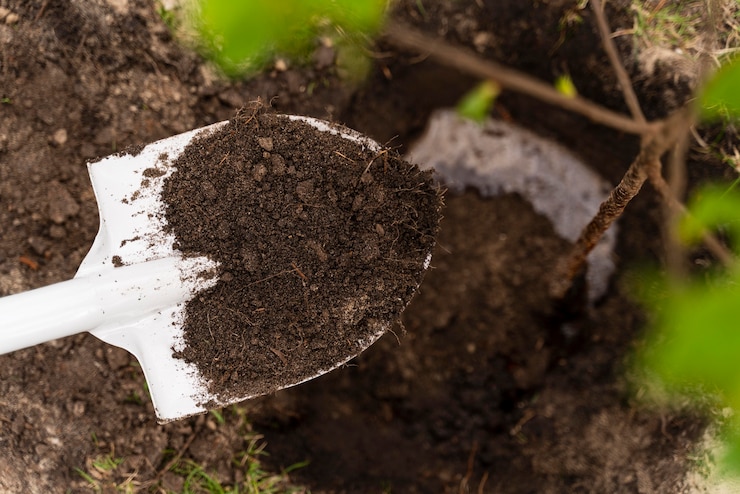Crop rotation is a sustainable agricultural practice that involves growing different crops in a specific sequence on the same piece of land over a defined period. It has been used for centuries to improve soil health and prevent the buildup of pests and diseases. Here’s how crop rotation contributes to enhancing soil health and preventing diseases:
- Nutrient Management: Different crops have different nutrient requirements. By rotating crops, farmers can optimize nutrient utilization in the soil. For example, leguminous crops like peas and beans fix atmospheric nitrogen into the soil, enriching it with this essential nutrient. When these nitrogen-fixing crops are followed by crops with higher nitrogen demands, such as corn or wheat, they can benefit from the residual nitrogen left by the legumes. This reduces the need for synthetic fertilizers, improves nutrient balance, and enhances soil fertility.
- Disease and Pest Control: Crop rotation disrupts the lifecycle of pests, diseases, and weeds that may be specific to certain crops. Many pests and pathogens have a limited host range and depend on a particular crop for survival. By rotating crops, farmers can break the cycle of pests and diseases by depriving them of their preferred hosts. This reduces the population of harmful organisms and helps manage their impact on crops without relying solely on pesticides or chemical treatments.
- Weed Suppression: Certain crop rotations, such as alternating between row crops and cover crops, can effectively suppress weeds. Cover crops, like rye or clover, can outcompete weeds for resources such as sunlight, water, and nutrients. They also physically smother weeds and release chemicals that inhibit weed growth. By incorporating cover crops into the rotation, farmers can reduce the reliance on herbicides and improve weed control.
- Soil Structure and Erosion Prevention: Different crops have different root systems that interact with the soil in various ways. Deep-rooted crops, such as alfalfa or radishes, can penetrate deep into the soil, breaking up compacted layers and improving soil structure. This allows for better water infiltration, root penetration, and nutrient availability. Crop rotation also helps prevent soil erosion as the different crops provide varying levels of ground cover throughout the year, reducing the risk of soil loss from wind and water erosion.
- Organic Matter and Soil Microbiology: Crop rotation can enhance organic matter content in the soil. Certain crops, such as cover crops and legumes, add substantial amounts of organic material when they decompose. This organic matter improves soil structure, water-holding capacity, and nutrient retention. Moreover, crop rotation supports a diverse soil microbial community. Different crops release various root exudates, providing a range of nutrients to different microbial populations. This diversity of soil microbes contributes to nutrient cycling, disease suppression, and overall soil health.
In summary, crop rotation is an effective tool for enhancing soil health and preventing disease in agriculture. It optimizes nutrient management, controls pests and diseases, suppresses weeds, improves soil structure, and promotes the abundance of beneficial soil microorganisms. By implementing crop rotation practices, farmers can achieve sustainable and resilient agricultural systems while reducing the reliance on synthetic inputs and minimizing the environmental impact.
Join 'Farmers Mag' WhatsApp Channel
Get the latest Farming news and tips delivered straight to your WhatsApp
CLICK HERE TO JOIN






